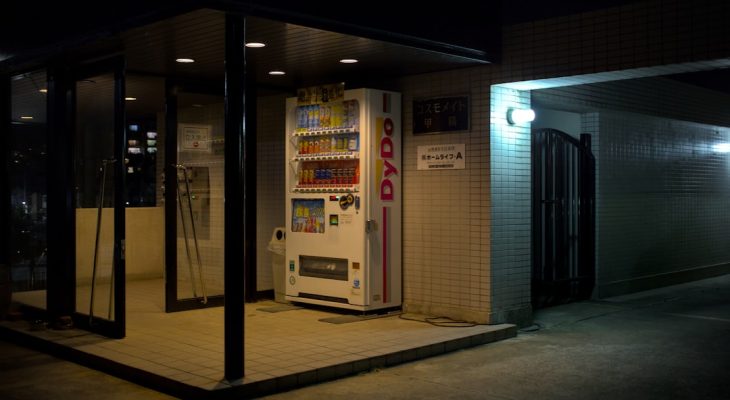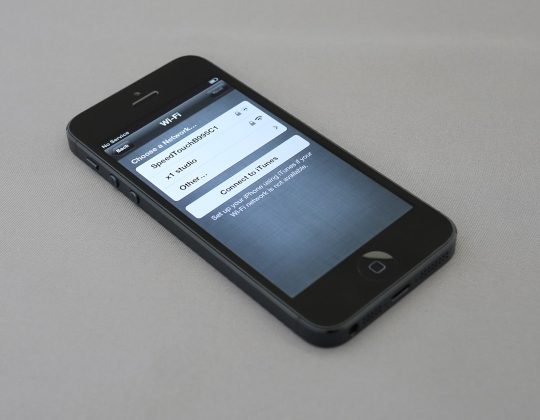Modern fuel retailing is evolving beyond simply filling up gas tanks. Today’s forecourts—the areas around gas stations where vehicles are fueled—are driving more than just vehicle traffic. They’re emerging as dynamic revenue centers that pull customers into stores and significantly increase average basket sizes. Retailers are discovering that fuel can be a powerful magnet, drawing people in, while the real profits often flow from what happens inside the shop rather than what happens at the pump.
The Retail Power of the Pump
Fuel stations have a unique advantage: frequent and habitual footfall. Motorists need to refuel regularly, and this consistent influx of customers provides forecourt retailers with a golden opportunity to engage consumers—even in brief, transactional encounters. In many cases, the customer’s journey starts at the pump, but savvy retailers ensure it doesn’t end there.
This steady customer base enables forecourt operators to create compelling in-store experiences that elevate their brand, boost loyalty, and increase transaction values. The key lies in understanding consumer behavior and designing a forecourt retail experience that caters to it.
The Link Between Refueling and Retail Spend
Several studies have shown a correlation between fuel purchases and convenience store visits. On average, more than 30% of customers who stop for fuel go on to make a purchase from the associated shop. Even if each shopper spends only a small amount, the sheer volume of visits translates to sizable revenue from in-store sales.
Furthermore, fuel is a trigger for impulsive buying. Customers often enter stores for quick picks such as snacks, drinks, or coffee, and many are swayed by promotions or loyalty rewards.
Key factors that influence in-store purchases include:
- Convenience and speed of service
- Location and visibility of in-store promotions
- Clean, safe, and well-lit facilities
- Availability of food-to-go or grab-and-go options
- Value-added services like ATMs, parcel pick-ups, and car washes
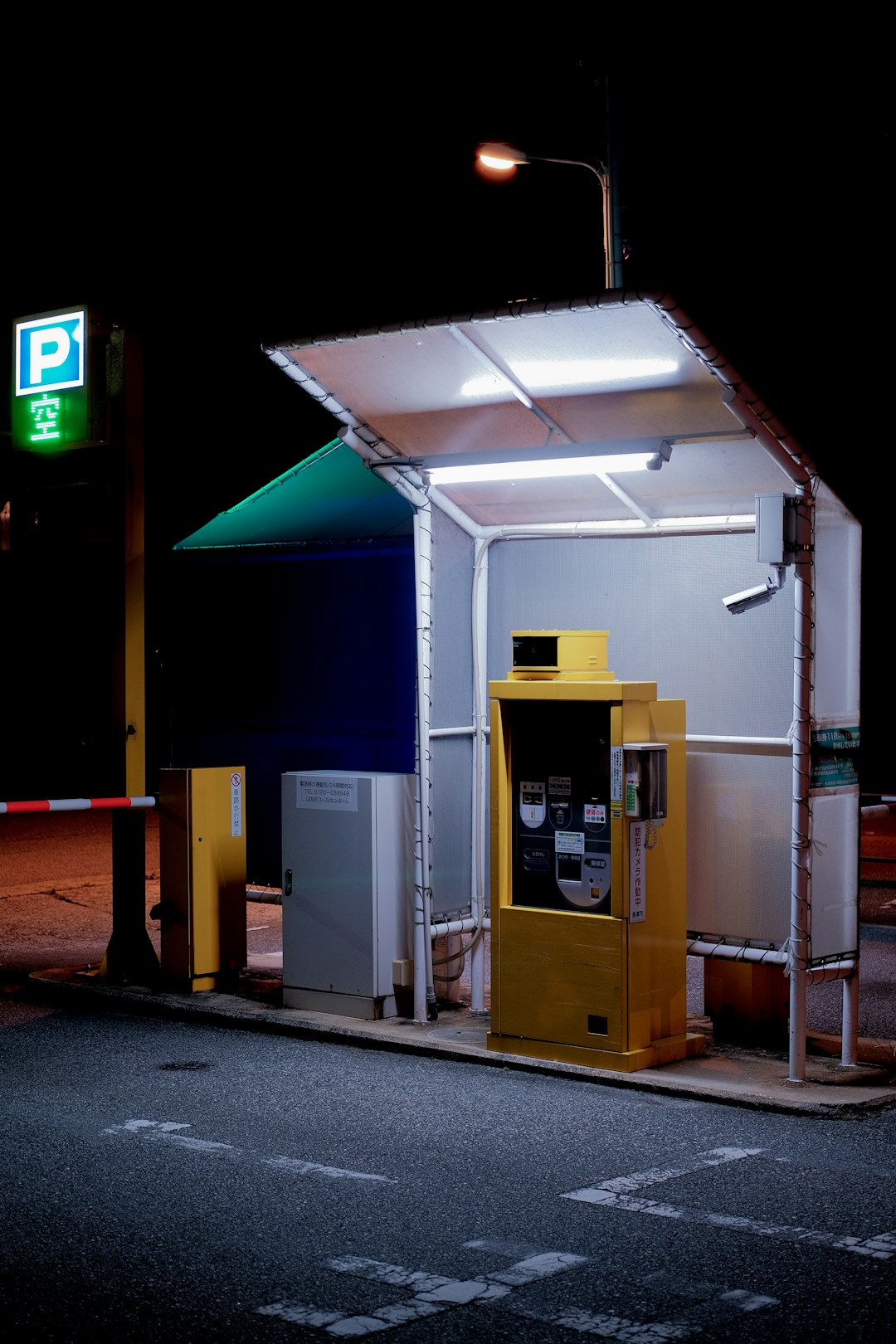
Increasing Basket Size: Strategies That Work
While footfall from fuel sales is vital, increasing the basket size—or the average spend per customer—is where forecourt retailers can truly boost profitability. Here are some strategies that are proving particularly effective:
1. Smart Store Layout and Signage
Effective store design that encourages a seamless customer journey—from the forecourt to inside the shop—can have a big impact. Clear signage and logical layout paths help guide customers past high-margin items and promotional displays.
2. Upselling and Cross-Promotions
Bundling fuel purchases with in-store offers (e.g., “Buy 2 Snacks, Get One Free with 20 Liters of Fuel”) is a classic move. This not only entices shoppers but also encourages product trials, increasing overall sales.
3. Loyalty Programs
Fuel-based loyalty programs, like points collected per liter filled, can be redeemed in-store. Some chains integrate mobile apps that offer personalized rewards, discounts, or notifications about ongoing offers—pushing customers to step inside the shop more frequently.
4. Quality Food & Beverage Offering
Today’s consumers—especially commuters—expect more than a bag of chips and a soda. High-quality brew coffee stations, fresh bakery sections, and healthy food choices turn a fuel stop into a mini dining occasion.
5. Digital Touchpoints
Fuel stations that use digital signage or mobile apps to advertise in-store promotions are witnessing greater conversion rates. Personalized messaging, location-based push notifications, and digital receipts often entice customers to explore further options beyond the pump.
Changing Consumer Expectations
Consumer expectations for forecourt convenience are rapidly changing, especially with the growing influence of Generation Z and Millennials. These groups value speed, personalization, and quality. As a result, fuel retailers are being nudged toward providing upgraded services—think gourmet coffee, eco-friendly refill stations, and touchless payment systems.
Moreover, with the rise of electric vehicles (EVs), dwell time at charging stations gives consumers even more reason to explore forecourt retail offerings while they wait.
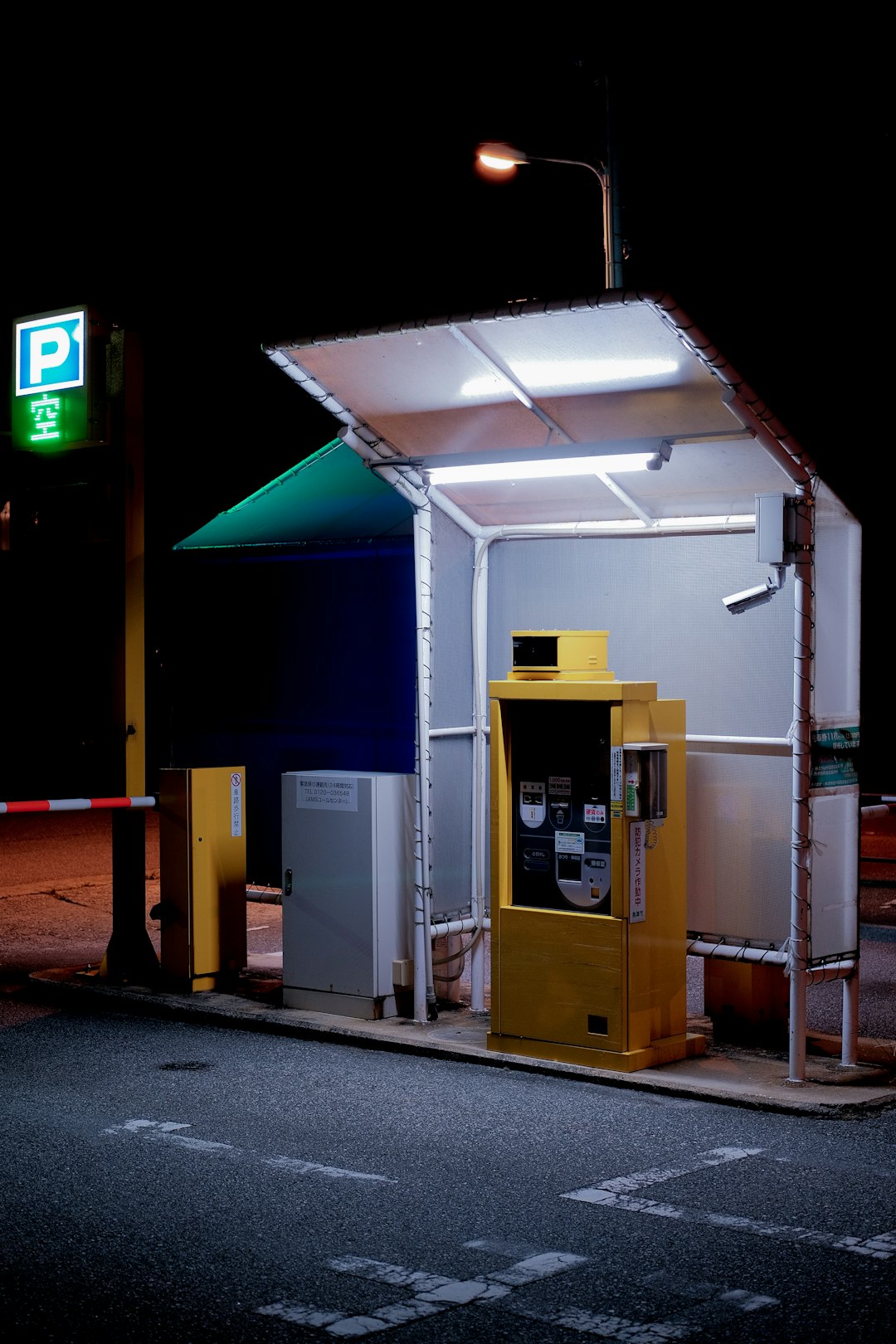
Fuel Retail Case Studies
Major retail brands across the globe have successfully turned their forecourts into thriving business hubs. Here are a couple of illustrative examples:
Sainsbury’s – UK
Sainsbury’s operates hundreds of fuel stations with full convenience stores attached. They use customer data from their popular “Nectar” loyalty program to deliver targeted advertising, boosting in-store purchases. By linking fuel points to grocery discounts, they create a cycle of repeated, high-value visits.
Circle K – North America & Europe
Circle K has invested heavily in food service innovation—offering hot meals, fresh food, and even self-service beer taps in some locations. This broadens their value proposition far beyond fuel, and regular promotions help grow both frequency and basket size.
Technology as a Key Enabler
Technology is a major enabler in optimizing fuel-to-shop conversion. Innovations like near-field communication (NFC) for contactless fuel payments, digital loyalty wallets, and AI-powered inventory systems are reshaping the consumer journey.
Real-time inventory management ensures shelves stay stocked with fast-moving items, while customer analytics help predict shopping behavior and improve personalized marketing.
Some notable technologies enhancing the forecourt retail experience:
- Automatic Number Plate Recognition (ANPR) to streamline fuel payments and loyalty logging
- Digital kiosks for self-checkout and easy ordering
- Mobile pre-ordering for food and drinks
- AI-based shelf monitoring for optimal product placement
Understanding the Future: EV Charging and Beyond
The global shift toward EVs is both a challenge and an opportunity for fuel retailers. As traditional fuel demand declines, dwell time increases at EV charging points—offering a new window for retail engagement.
To capitalize, many stations are redesigning their layouts to offer indoor seating, fast Wi-Fi, work pods, and even co-branded retail experiences. The charging station becomes a pit stop in the truest sense—not just for a car, but for its driver too.
Retailers that adapt to this new rhythm—balancing quick-grab items with amenities for longer stays—are likely to see increased dwell time translate directly into higher spend.
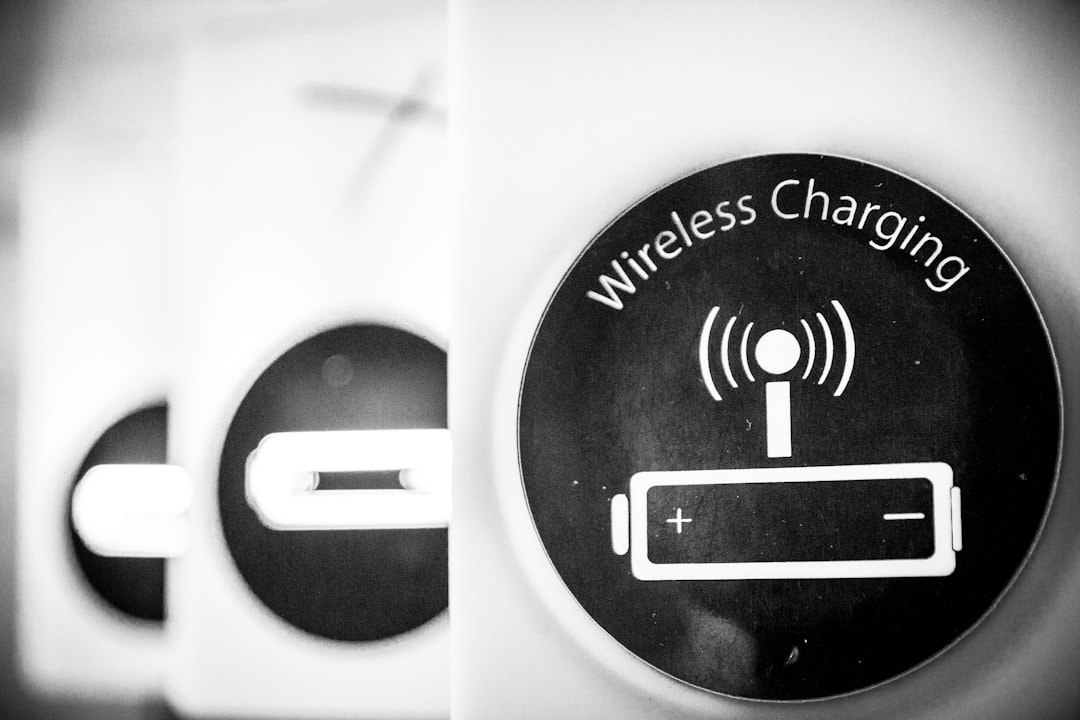
Conclusion: Fuel as the Gateway to Retail Growth
Fuel stations today are not just about energy—they’re becoming vibrant retail destinations. With the right strategies in place, forecourts can be leveraged as high-frequency access points that boost in-store traffic and increase average transaction size. By marrying convenience with quality, and combining data-driven insights with human-centric design, retailers can transform the humble gas station into a modern-day marketplace.
Ultimately, it’s not just about fueling vehicles anymore—it’s about fueling retail growth.




